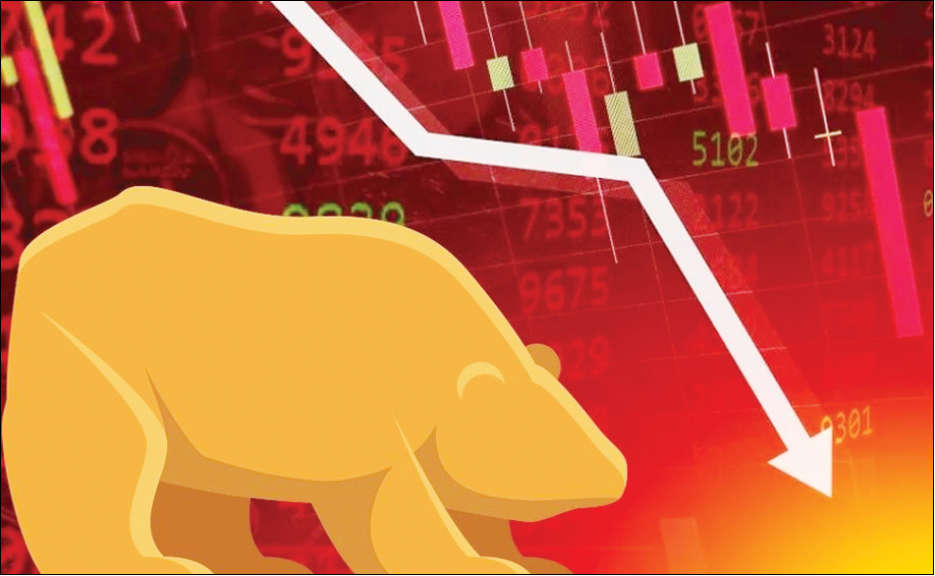Benchmark indices ended sharply down on Thursday in line with international peers with Sensex falling over 700 points and Nifty falling over 200 points.
At close, Sensex ended 770.48 points or 1.29 per cent down at 58,766.59, and Nifty closed 216.50 points or 1.22 per cent lower at 17,542.80. Nearly, 1,952 shares have advanced, 1,473 shares have declined and 153 shares remained unchanged.
Reliance Industries, TCS, Sun Pharma, Tech Mahindra, Hindustan Unilever, Infosys were among the major losers on the Sensex.
BSE LargeCap index fell 1.16 per cent, however, BSE MidCap and SmallCap ended 0.57 per cent and 0.48 per cent up. “Domestic indices moved in line with peers while prospects of higher rate hikes, elevated inflation and a slowing economy put pressure on stock markets around the world. Additionally, ongoing support from FIIs will obscure the weakness, helping domestic indices to stay resilient,” said Vinod Nair, Head of Research at Geojit Financial Services.
Global stock markets started September on a negative note, extending their declines into a fifth day as weak Chinese data and new Covid-19 lockdowns in the world’s second-largest economy weighed on sentiments and on deepening worries about aggressive rate hikes and record-high inflation in the Euro region.
Earlier today, the GST collection in August rose 28 per cent to Rs 1.44 lakh crore and India’s manufacturing activity improved again in August, although S&P Global’s Purchasing Managers’ Index (PMI) edged down to 56.2 from the eight-month high of 56.4 recorded in July.
Moody’s Investors Service has cut India’s GDP growth forecast to 7.7 per cent for 2022 from 8.8 per cent projected in May. On Wednesday, the Indian economy expanded at its fastest in a year on back of base effect and robust growth in farm, services, construction and private consumption as economic activity gathered pace after the lifting of Covid-19 curbs and revival in contact-intensive sectors.
Data released by the National Statistical Office (NSO) showed the country’s GDP rose by an annual 13.5 per cent in the April-June quarter of the current fiscal year, higher than the 4.1 per cent in the previous quarter, but below the 20.1 per cent recorded in the first quarter of 2021-22. The 13.5 per cent growth was lower than the Reserve Bank of India’s estimate of 16.2 per cent for the first quarter of 2022-23.
“Global sentiments have been able to halt the rallies in India over the past few weeks, though the broader market seems positive.














